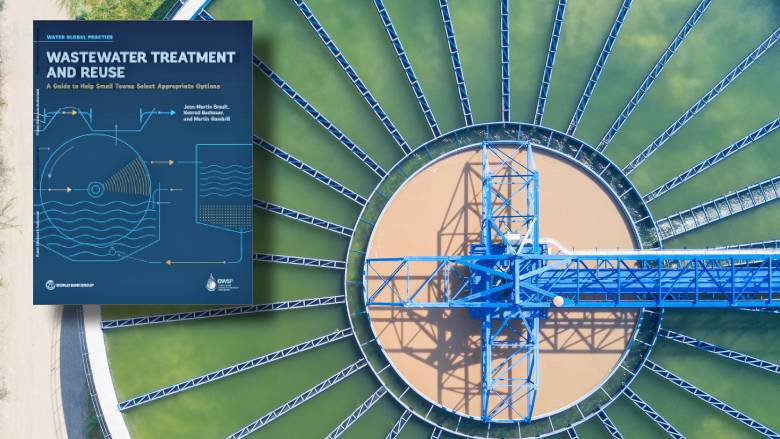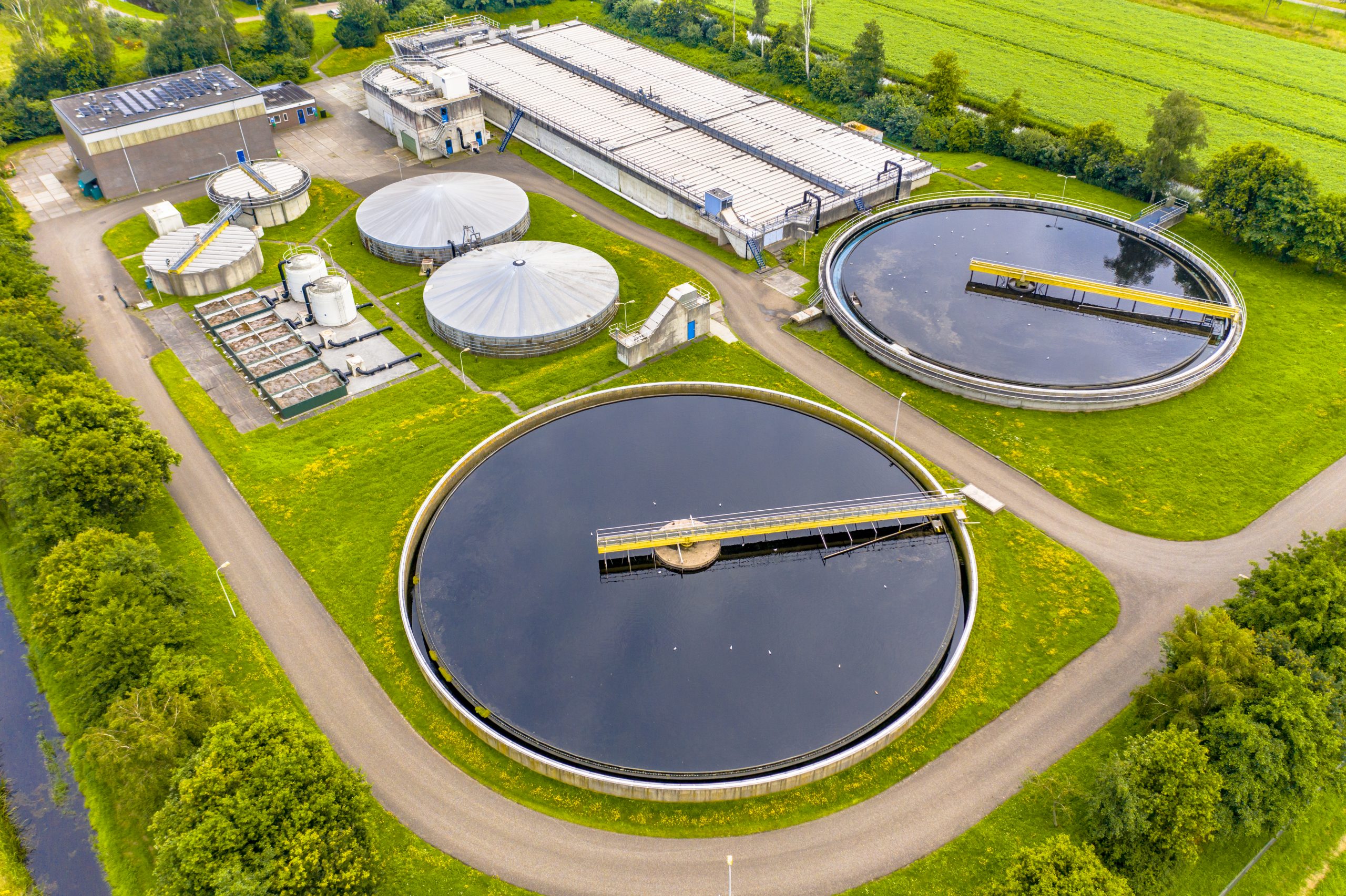Comprehensive Overview to Hazardous Waste Water Treatment Processes
Comprehensive Overview to Hazardous Waste Water Treatment Processes
Blog Article
Strategic Approaches to Boost Drainage Treatment Effectiveness and Minimize Environmental Influence
In the realm of drainage therapy, the pursuit for boosted performance and decreased environmental effect is a continuous obstacle that demands critical solutions. As society grapples with the critical to handle water sources sustainably, a nuanced strategy comes to be important. The integration of advanced treatment innovations, energy-efficient processes, resource recovery approaches, enhanced nutrient removal techniques, and smart monitoring and control systems represents a multifaceted framework for dealing with these pushing problems. What lies at the core of this complex internet of strategies is the potential to change the means we approach waste water treatment, not just as a process of disposal, yet as a useful opportunity for innovation and ecological stewardship.
Advanced Therapy Technologies
Sophisticated membrane layer filtration systems have actually transformed advanced wastewater therapy procedures, significantly enhancing the removal of contaminants. This technology has actually shown to be extremely effective in eliminating a large variety of pollutants, consisting of pharmaceuticals, heavy metals, and natural substances, which are usually testing to eliminate through conventional treatment techniques.
Additionally, membrane filtering systems provide many benefits over traditional therapy techniques. They call for much less room, generate higher-quality effluent, and are extra immune to fluctuations in influent water high quality. Furthermore, these systems are very flexible and can be conveniently integrated right into existing treatment plants or used as standalone systems for decentralized applications. As the demand for tidy water continues to rise, the adoption of innovative membrane layer filtration technologies is necessary to guarantee lasting and reliable wastewater therapy practices.
Energy-Efficient Procedures
The combination of energy-efficient processes in wastewater therapy systems is vital for maximizing source use and decreasing operational prices. By carrying out energy-efficient technologies, therapy plants can substantially decrease their carbon impact and general environmental effect. One essential approach to boosting energy effectiveness in wastewater treatment is the usage of innovative aeration systems, such as fine bubble diffusers or surface area aerators, which can boost oxygen transfer efficiency and minimize power consumption. Furthermore, including energy healing systems, like anaerobic food digestion for biogas manufacturing or using excess warmth for thermal processes, can assist offset energy requirements and advertise sustainability.
In addition, optimizing process control and automation with the usage of sophisticated sensing units and monitoring systems can boost overall power efficiency by readjusting procedures in real-time based upon actual demand and conditions. Implementing energy audits and on a regular basis keeping an eye on power efficiency signs are important practices to recognize areas for enhancement and track energy-saving campaigns efficiently. Overall, the adoption of energy-efficient procedures in wastewater therapy not only profits the atmosphere yet likewise contributes to long-term cost financial savings and functional sustainability.
Source Recuperation Methods
With a focus on optimizing resource application and sustainability in wastewater therapy systems, the implementation of resource recuperation strategies becomes a crucial element in enhancing functional effectiveness. Source healing strategies in wastewater therapy include the recognition and removal of important sources from the waste stream, consequently turning what was as soon as thought about waste right into a beneficial possession. By executing source healing techniques such as nutrient elimination and healing, power generation from organic issue, and the manufacturing of recyclable water, wastewater treatment plants can lessen environmental influence while optimizing effectiveness.

Enhanced Nutrient Removal Techniques
Executing innovative nutrient removal techniques is important for optimizing the performance of wastewater treatment systems. One of the crucial techniques used for boosted nutrient removal is the procedure of biological nutrient removal (BNR), which entails the elimination of nitrogen and phosphorus with biological processes.

Along with BNR, progressed treatment approaches such as membrane bioreactors (MBRs) and constructed wetlands can additionally be employed to enhance nutrient elimination performance. MBRs use membranes to accomplish premium effluent criteria by efficiently eliminating nutrients and put on hold solids. Built marshes mimic natural wetland procedures to get rid of nutrients with plant uptake, microbial task, and sedimentation. By including these advanced nutrient removal methods right into wastewater therapy industries, districts and systems can efficiently minimize nutrient air pollution and shield the environment.
Smart Surveillance and Control Equipment
Utilizing advanced technology, the integration of clever check my site tracking and control systems transforms the functional efficiency of wastewater treatment facilities. These systems include sophisticated sensors and information analytics to continually keep track of key criteria such as pH degrees, turbidity, dissolved oxygen, and circulation prices in real-time. By gathering and evaluating this information, operators can gain important insights right into the efficiency of the treatment processes, enabling proactive changes to optimize therapy efficiency.
Smart surveillance and control systems additionally support remote surveillance abilities, permitting operators to accessibility real-time data and control features from off-site locations. This remote access enhances functional flexibility and responsiveness, allowing quick treatments in situation of system breakdowns or fluctuations in influent high quality. The anticipating upkeep capabilities of these systems assist protect against equipment failures and lessen downtime, eventually boosting the overall dependability of wastewater therapy procedures.
Conclusion
To conclude, critical approaches such as advanced treatment innovations, energy-efficient procedures, source recovery methods, boosted nutrient elimination strategies, and clever monitoring and control systems play an essential function in boosting wastewater therapy performance and minimizing environmental impact. By executing these methods, wastewater therapy plants can improve their total performance, lower power consumption, recover useful resources, and ensure conformity with environmental policies. These techniques are crucial for reliable and lasting wastewater monitoring methods.

In final thought, strategic techniques such as innovative treatment modern technologies, energy-efficient processes, source healing approaches, enhanced nutrient elimination strategies, and smart surveillance have a peek at these guys and control systems play a critical function in boosting wastewater treatment performance and minimizing environmental influence.
Report this page